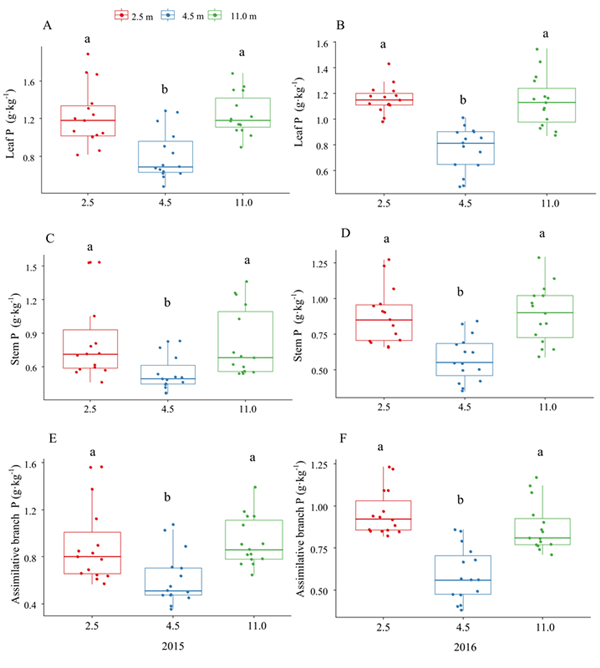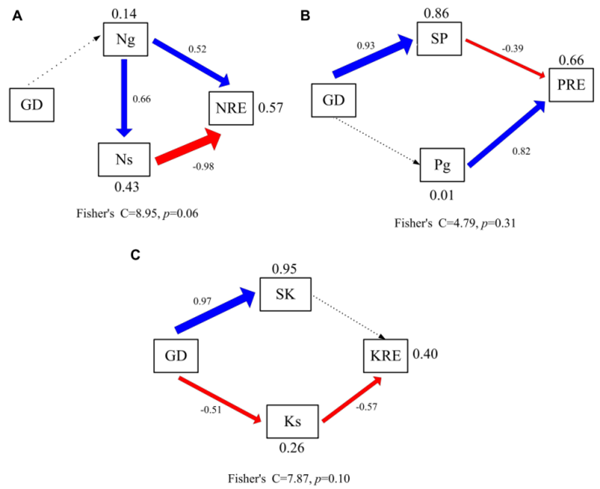Research revealed groundwater depths affect nutrient resorption of desert phreatophyte
2021-06-11
Water and nutrients play important roles in the survival and growth of plants in arid and nutrient-poor desert ecosystems. Phreatophytes have a strong competitive advantage in arid desert ecosystems because their roots can reach deep into groundwater.
However, with the intensification of human activities, the groundwater depth in many regions of the world has shown a downward trend and the impact of changing groundwater depth on the nutrient utilization strategies of phreatophyte is still poorly understood.
Research team of Prof. Zeng Fanjiang from State Key Laboratory of Desert and Oasis Ecology, Xinjiang Institute of Ecology and Geography, Chinese Academy of Sciences revealed groundwater depths affect nutrient resorption but not their utilization of a desert phreatophyte.
Groundwater depth significantly affected the phosphorus (P) and potassium (K) concentrations and in leaf, stem, and assimilating branch of A. sparsifolia as well as nutrient resorption efficiency (NUE) of P and K. The nitrogen (N) concentration and NUE of N, P, and K in A. sparsifolia, however, were not influenced by groundwater depth.
The results suggest groundwater depths affect P and K concentrations and resorption but not their utilization in a desert phreatophyte in its hyper-arid environment. This study provides a new insight into the phreatophytic plant nutrient cycle strategy under a changing external environment in a hyper-arid ecosystem.
The research results titled "Groundwater surface Affect Phosphorus and Potassium Resorption but Not Their Utilization in a Desert Phreatophyte In Its Hyper-Arid Environment" were published in Frontiers in Plant Science.
Article link: https://www.frontiersin.org/articles/10.3389/fpls.2021.665168/full


Fig. Phosphorus concentration in different organs of A. sparsifolia at different groundwater depths and structural equation model analysis of controlling factors of nutrient absorption efficiency of A. sparsifolia
Contact: LIU Jie, Xinjiang Institute of Ecology and Geography
E-mail: liujie@ms.xjb.ac.cn



